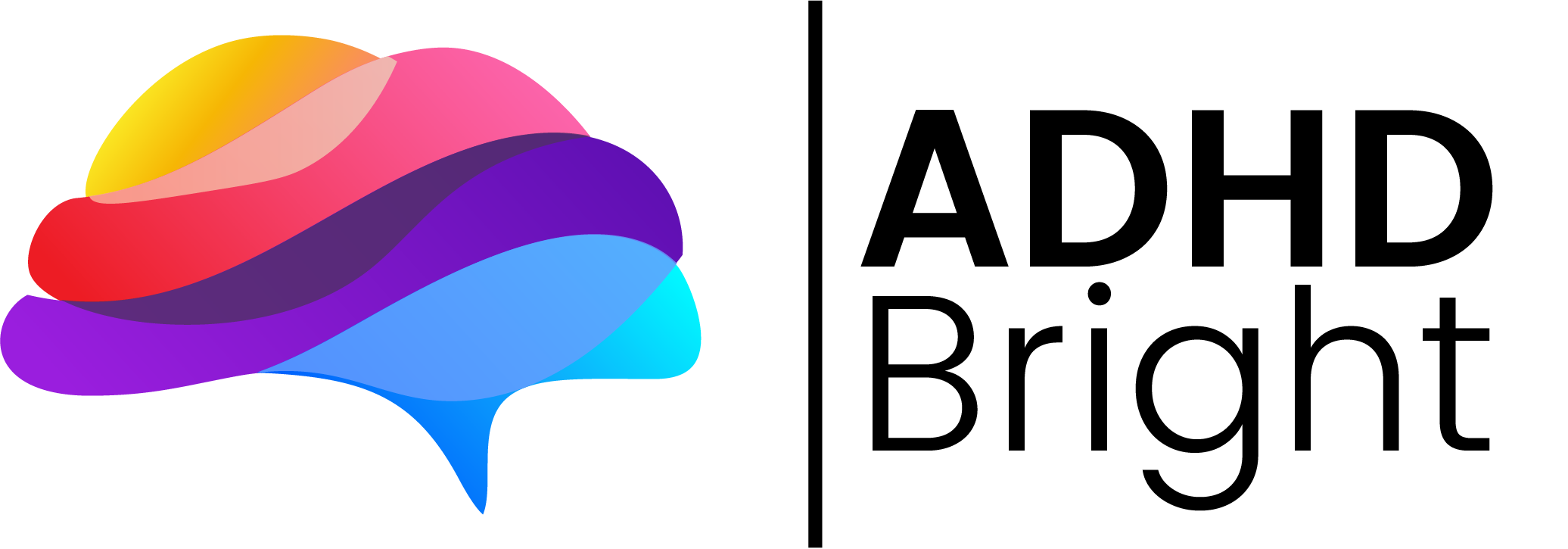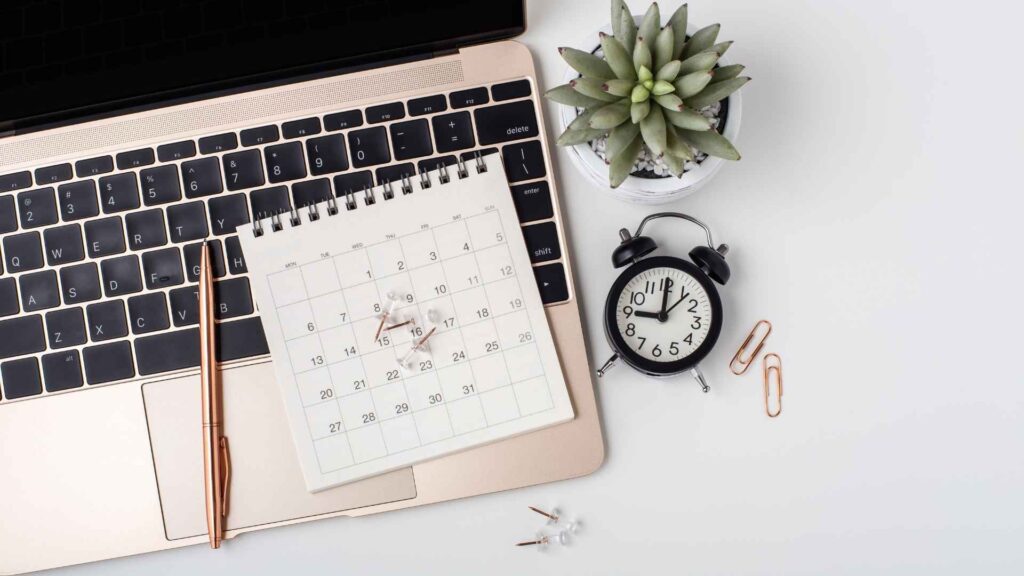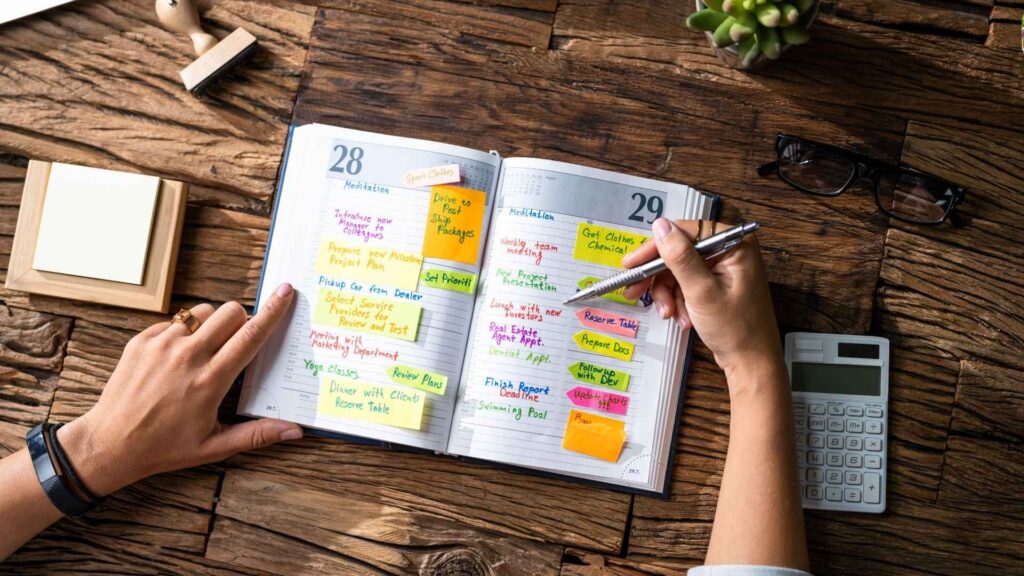When you live with attention deficit hyperactivity disorder, everyday life can sometimes feel like too much. Too many sounds, lights, textures, notifications, or emotions hitting at once. This is often called ADHD overstimulation or sensory overload, and it’s one of the most common yet misunderstood experiences for people with ADHD.
If you’ve ever wondered what to do when you feel overstimulated with ADHD, this guide will help you understand what’s happening inside your brain, why it happens, and how to calm your nervous system before it becomes overwhelming.
How ADHD Overstimulation Feels
So how does ADHD overstimulation feel? For many people with ADHD, it’s like the world suddenly gets too loud and too fast. Your mind stops filtering sensory input, and every sound, light, or movement arrives at full volume. That flood of sensory inputs can create emotional dysregulation and physical symptoms such as jaw tension, headaches, or a racing heart.
This happens because the ADHD brain processes sensory information differently. When heightened sensory sensitivity meets stress, fatigue, or emotional triggers, adhd overstimulation symptoms escalate quickly and lead to mental exhaustion. It’s not just distraction—it’s a full-body experience where your brain can’t filter out the noise.
Common Triggers of Sensory Overload
Understanding your overstimulation triggers helps you prevent overstimulation before it happens. Common triggers include:
- Loud noises such as crowds, traffic, or background music
- Bright visual stimulation from screens or flashing lights
- Unwanted physical contact when you’re already tense
- Overpowering smells trigger overstimulation, especially in stores or public spaces
- Emotional stress, hunger, or fatigue that reduce your ability to process sensory stimuli
These common triggers create too much sensory input for the brain to handle at once. For some, sensory processing disorder or sensory processing difficulties can make sensory sensitivity even stronger.
What to do when overstimulated?
Step Away From the Stimuli
When sensory overload hits, your first goal is to reduce sensory input. Step into a quiet space, lower lights, silence notifications, or put on noise canceling headphones. Removing environmental stimuli gives your nervous system a chance to reset and begin to manage sensory overload.
Even two minutes of quiet can help your body regulate sensory information and calm down.
Use Deep Breathing to Calm the Nervous System
Once you’ve stepped away, use deep breathing to send a safety signal to your body. Try slow, steady deep breathing exercises such as box breathing—inhale for four seconds, hold for four, exhale for four, hold again for four.
Breathing deeply activates the parasympathetic branch of your nervous system, reducing stress hormones and helping you regain emotional regulation. It’s one of the simplest relaxation techniques to manage sensory overload naturally.
Create a Cozy, Low-Stimulation Environment
If adhd overstimulation happens often, build a space that soothes you. Choose warm lighting, calming colors, and soft textures. Add comforting scents like lavender or chamomile essential oils. Use noise canceling headphones to soften loud noises and minimize excessive sensory input.
Most importantly, make it cozy. Feeling happy and safe in your space can transform your ability to focus and manage overstimulation. Comfort supports emotional regulation and protects your mental health during busy days.
Ground Yourself Through Your Senses
When adhd overstimulation peaks, grounding helps you reconnect with the present moment. Try naming:
- 5 things you can see
- 4 things you can touch
- 3 things you can hear
- 2 things you can smell
- 1 thing you can taste
This simple sensory grounding method helps you regulate sensory input and calm emotional dysregulation. It’s one of the most effective coping strategies for managing sensory input when you experience sensory overload.
Use Soothing Scents and Essential Oils
Smell is powerful for people with ADHD because it directly affects the nervous system. Light scents of essential oils can help you reduce sensory overload and promote calm. Lavender, bergamot, or chamomile are popular choices.
If you have heightened sensory sensitivity, start small. Strong scents may trigger sensory overload or trigger overstimulation instead of helping. The key is gentle, consistent comfort that works with your senses, not against them.
Practice Emotional Regulation Daily
ADHD and overstimulation are closely connected to emotional dysregulation. When your emotions spike, your tolerance for sensory input drops. Building emotional awareness helps you manage ADHD overstimulation before it overwhelms you.
Try journaling, CBT-based reflection, or guided prompts that promote calm thinking. You can explore helpful ideas in our article5 ADHD Journaling Prompts.
When your thoughts feel scattered, it can also help to revisit Task Overwhelm and ADHD or ADHD Task Initiation: How to Start When You Feel Stuck. These strategies help reduce cognitive clutter and prevent adhd overstimulation from emotional stress.
Try Sensory Integration Therapy or Occupational Therapy
If you often experience sensory overload, professional support can make a difference. Sensory integration therapy and occupational therapy help people with ADHD and those with sensory processing disorder learn to filter sensory information more effectively.
These therapies use structured exercises that strengthen the nervous system, improve sensory processing issues, and teach the brain to tolerate sensory inputs without overwhelm. For adult ADHD, this can significantly prevent sensory overload in daily life.
A mental health professional can also help evaluate for an adhd diagnosis or rule out coexisting conditions like anxiety disorders that may amplify sensory sensitivities.
Rest and Recover After Overstimulation
After an episode of adhd sensory overload, your body needs rest. Too much sensory input drains your energy, causing irritability and difficulty focusing. Give yourself quiet time to recover.
Stretch, nap, listen to calm music, or rest in a dark room. Gentle recovery helps your nervous system restore balance, reducing the lingering effects of mental exhaustion and emotional dysregulation. Rest is not avoidance—it’s part of managing ADHD overstimulation and protecting your mental health.
Build a Prevention Plan
The best way to handle adhd overstimulation is to stop it early. Keep track of your overstimulation triggers and design a plan to manage overstimulation before it spikes.
Use noise canceling headphones in noisy spaces, schedule breaks to reset between tasks, and keep meals and sleep consistent. Small adjustments help prevent overstimulation and reduce overwhelming sensory input throughout your daily life.
If you notice sensory over responsivity, work gently with your patterns rather than fighting them. Awareness is the first step toward peace.
Final Thoughts
Living with deficit hyperactivity disorder (ADHD) often means living in high definition. Sounds are louder, lights are brighter, and emotions are stronger. But understanding your ADHD overstimulation gives you power.
By noticing sensory triggers, using deep breathing, trying sensory integration therapy, and creating a calming environment, you can manage sensory overload and rebuild balance.
Your sensory sensitivities are not weaknesses. They’re simply part of how your adhd brain experiences the world. With the right tools and self-compassion, you can manage ADHD overstimulation, protect your mental health, and move through daily life with clarity and calm.




